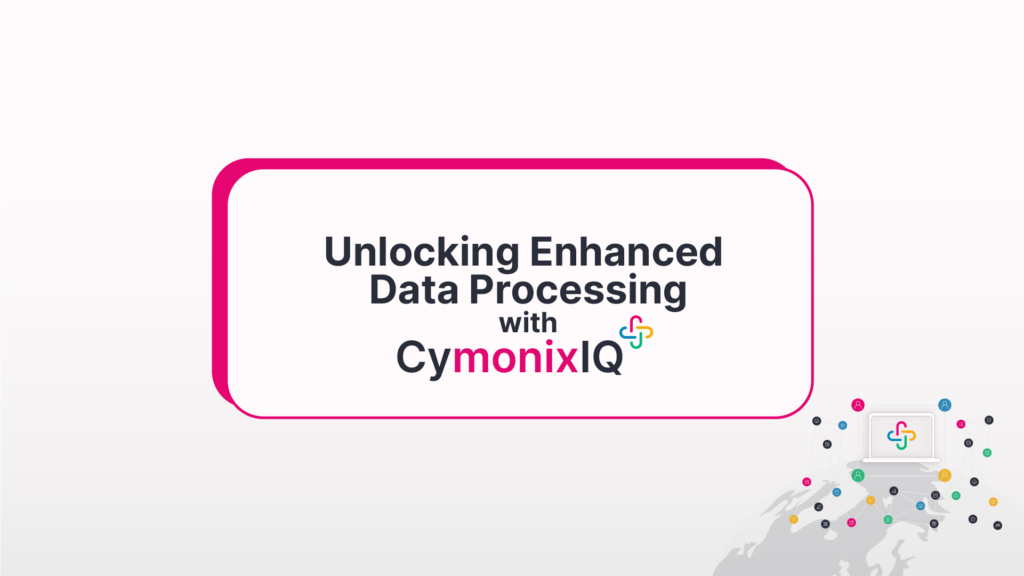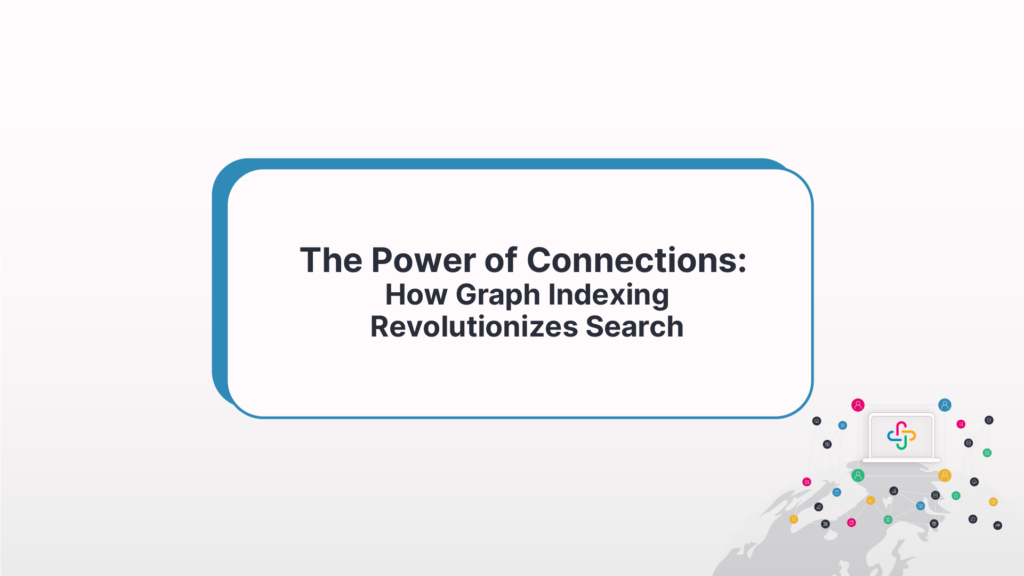Navigating Business Complexity: How Graph Technology Drives Contextual Understanding
- Bill Palifka
- January 22, 2024
Introduction: Embracing the Digital Ecosystem
In the dynamic landscape of modern business, our interconnected digital ecosystem has given rise to a complex web of relationships. Traditional databases, once stalwarts of data management, find themselves grappling with the intricate tapestry of connections.
The Business Challenge: Limitations of Legacy Systems
As businesses strive to make sense of the evolving relationships within their data, the limitations of legacy systems become apparent. Rigid structures hinder the ability to glean insights from complex interdependencies, leaving organizations yearning for a solution.
The Graph Technology Advantage: A Dynamic Approach
Enter Graph Technology, a revolutionary force in the business realm. With nodes symbolizing entities and edges embodying relationships, this dynamic solution promises to revolutionize the way businesses navigate complex data relationships.
Key Features for Business Success
Flexibility: Adapting to Change
In the fast-paced world of business, adaptability is key. Graph databases, with their flexible structures, empower organizations to evolve with the changing landscape of relationships, ensuring agility in decision-making.
Query Language: Unlocking Business Insights
The language of relationships, represented by tools like Cypher, allows businesses to query data in a way that mirrors the intricacies of their operations. This unlocks meaningful insights and fosters a deeper understanding of the business landscape.
Industry Applications: Driving Business Value
Social Networks: Fostering Connections
Graph Technology plays a pivotal role in business social networks, facilitating connections between stakeholders, clients, and partners. It becomes the backbone for fostering meaningful relationships in the digital business ecosystem.
Fraud Detection: Safeguarding Financial Integrity
In the financial domain, the battle against fraud is relentless. Graph databases excel in identifying patterns and relationships that indicate fraudulent activities, safeguarding the financial integrity of businesses.
Knowledge Graphs: Organizing Information Effectively
Knowledge graphs created through Graph Technology enable businesses to organize and link information seamlessly. This proves invaluable in knowledge management, ensuring that teams have a comprehensive understanding of their operational landscape.
Recommendations Systems: Enhancing User Experience
Businesses leveraging recommendation systems powered by graph databases gain a competitive edge. Understanding customer preferences and connections allows for the delivery of personalized recommendations, enhancing the overall user experience.
Contextualizing Business Understanding
Real-time Insights: A Competitive Edge
In the fast-paced business environment, real-time insights are a game-changer. Graph databases provide businesses with the ability to traverse relationships on the fly, ensuring decisions are rooted in the most current and relevant data.
Holistic Business View: Strategic Decision-Making
Graph Technology enables businesses to view data holistically, providing a comprehensive perspective on their operations. This strategic vantage point empowers decision-makers to make informed choices that align with overarching business goals.
Identifying Patterns: Predictive Analytics
The power of graph algorithms in identifying patterns and trends within complex datasets is a boon for businesses. This capability supports predictive analytics, allowing organizations to proactively address challenges and capitalize on opportunities.
Conclusion: A Strategic Imperative
In the ever-evolving landscape of business, contextual understanding is not just an advantage – it’s a strategic imperative. Graph Technology emerges as the catalyst, enabling businesses to navigate the complexities of their data landscape with precision and purpose.



